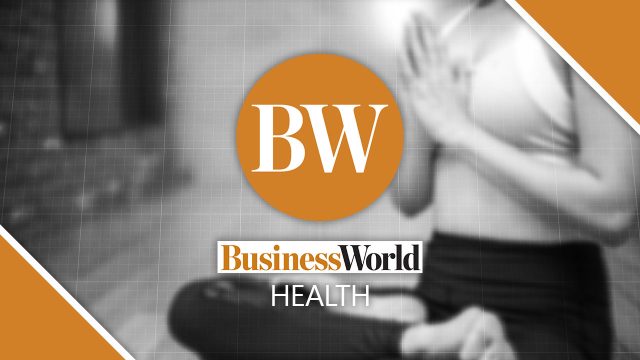
Medicine Cabinet
By Teodoro B. Padilla

The World Bank report “How to End the COVID-19 Pandemic by March 2022” said that the target of vaccinating 60% of the population in each country by first quarter of next year is likely sufficient to achieve global herd immunity.
“Achieving this target appears feasible given stated production capacity of vaccine manufacturers and the pace of current and historical vaccination campaigns,” the report said, while stating that this analysis assumes a baseline scenario with limited mutations.
The report noted that achieving this target requires addressing a procurement gap of 350 million vaccine courses in low- and middle-income countries. “Immediate additional donor funding of about $4 billion or in-kind donations of excess orders by high-income countries would be sufficient to close this gap.” The report also highlighted additional challenges along the path to achieving worldwide herd immunity, including supply chain issues, trade restrictions, vaccine delivery, and SARS-CoV-2 mutations.
The global research-based pharmaceutical industry, in partnership with key stakeholders, is on track to produce 11 billion doses of coronavirus disease 2019 (COVID-19) vaccines by the end of 2021.
According to the International Federation of Pharmaceutical Manufacturers & Associations (IFPMA), which cited the same World Bank report, this should be sufficient to achieve global equity in the distribution of vaccines and attain worldwide herd immunity by March 2022.
The IFPMA, the Biotechnology Innovation Organization (BIO), and Developing Countries Vaccine Manufacturers’ Network (DCVMN) are key players in the effort to scale up the manufacturing of COVID-19 vaccines. The three entities signed up as partners of Access to COVID-19 Tools (ACT) Accelerator in April 2020 and committed to fair and equitable access to COVID-19 vaccines.
ACT-Accelerator is a global collaboration which brings together governments, scientists, businesses, civil society, philanthropists, and global health organizations. Its goal is to “end the COVID-19 pandemic as quickly as possible” and “accelerate development, production, and equitable access to COVID-19 tests, treatments, and vaccines.”
Following the ACT-Accelerator launch, its vaccines pillar became known as COVAX. This vaccines facility is led by the Coalition for Epidemic Preparedness Innovations (CEPI); Gavi, the Vaccine Alliance; and the World Health Organization (WHO). Its role is to ensure that vaccines are developed as rapidly as possible and manufactured at the right volumes — without compromising on safety — and delivered to those that need them most.
Nearly 300 manufacturing partnerships or collaborations, mostly involving technology transfer, are expected to result in the forecasted production of 11 billion COVID-19 vaccine doses by the end of the year.
“There are early signs that the sharing of know-how of the processes and the technologies used to make the vaccines, as well as training specialist personnel to ensure quality standards throughout the process, are now starting to have an impact on the projected output. As these facilities get up to speed, they are able to produce more vaccines, as well as achieve increasingly better yields,” the IFPMA said.
The IFPMA disclosed that there is a global shortage of some of the over 100 components and ingredients needed for vaccine manufacturing. “While a great deal of focus has been put on ensuring there are enough vials or syringes, today we are seeing shortages in the lipids that are used in mRNA vaccines, as well as tubing and the plastic bags that are used in the production process for many vaccines,” the group said.
In ensuring vaccine equity, the research-based pharmaceutical sector supports the “Five steps to urgently advance COVID-19 vaccine equity” which is a call and commitment by the global innovative vaccine manufacturers to collaborate with governments and key stakeholders. These commitments center on the need to step up dose sharing, optimize production, eliminate trade barriers, support country readiness, and drive further innovation on COVID-19.
Overall, however, the World Bank report concluded that its “analysis suggests multilateral action now can bring an end to the acute phase of the pandemic early next year.” Unprecedented collaboration of governments, global health organizations, the private sector and civil society will be needed to achieve this ambitious goal globally.
Teodoro B. Padilla is the executive director of the Pharmaceutical and Healthcare Association of the Philippines (PHAP). PHAP represents the biopharmaceutical medicines and vaccines industry in the country. Its Members are in the forefront of research and development efforts for COVID-19 and other diseases that affect Filipinos.